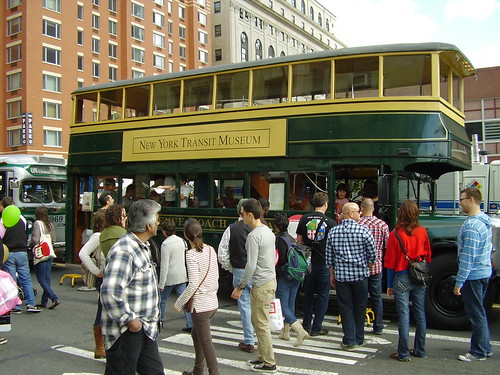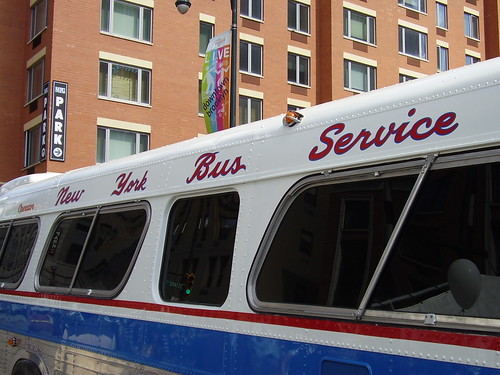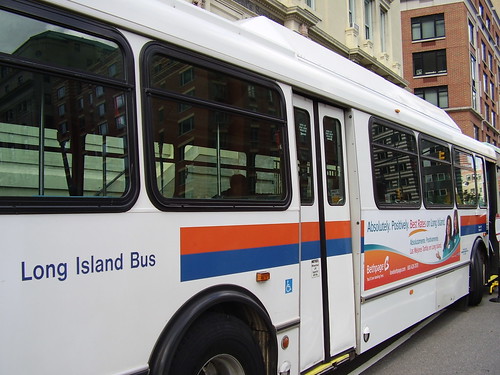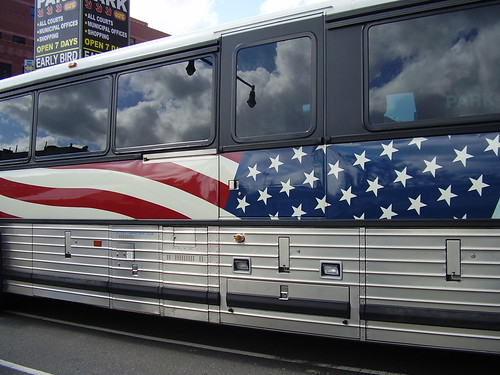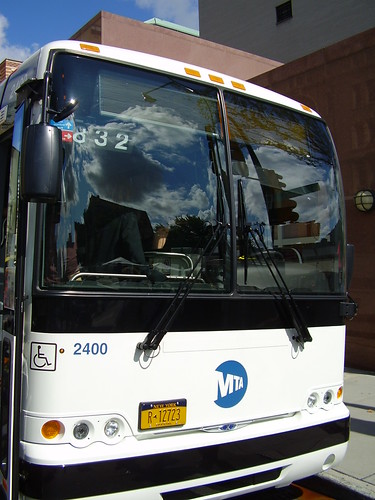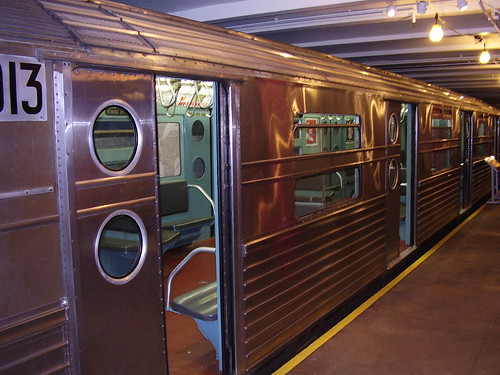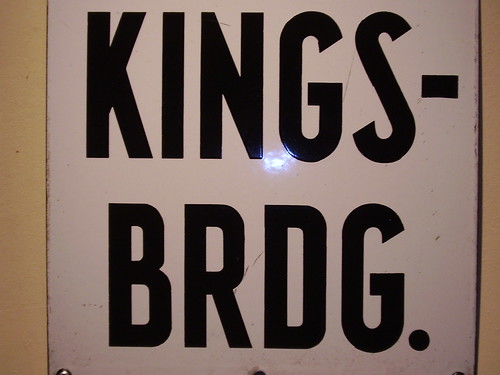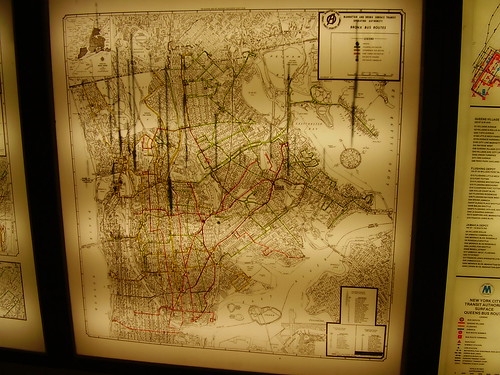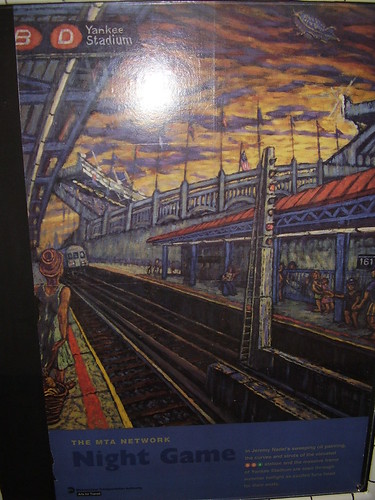Busses and Trains A Go-Go
By Lennin Reyes
Bronx Journal Staff Writer
The New York Transit Museum rolled out its vintage bus fleet along Boerum Place in downtown Brooklyn in celebration of the Atlantic Antic Festival, which was held in early October. On the same weekend, the New York Transit Museum had free admission and the combination of events drew thousands of transit fans from across the Tri-State region.
The bus fleet included a mix of old and new, including some classics, such as “The Honeymooners’ bus” and “The Fifth Avenue Double-Decker.” Buses from recent times also made occasional appearances at the festival. One was the Long Island Bus Orion V from the early 2000’s.
Malcolm Williams, 25, a transit fan from the Prospect Lefferts Gardens section of Brooklyn, felt that the LI Bus’ appearance was symbolic. “We might as well enjoy Long Island Bus’ presence now before it becomes part of Veolia Transportation (referring to the switch in ownership that goes into effect on January 1, 2012),” he said.
In addition to local buses, express buses were also part of the fleet available at the festival. In commemoration of the 10th anniversary of the 9/11 attacks, one express bus was wrapped with the American flag.
In addition to classic buses, the festival also provided transit fans with a glimpse into future fleets, displaying 2011 express bus #2400, made by Prevost. This is part of an order that includes 90 new express buses which will be replacing the old fleet. The #2400 currently runs on the X28 and X37 routes in the Bay Ridge and Bensonhurst sections of Brooklyn.
In addition to the bus festival, the New York Transit Museum was free of charge for the day. Lines were snaking around Boerum Place to enter. Transit fans were able to explore the vintage subway fleet. Vanessa Terry, 40, of the Bronx, felt a sense of nostalgia, of both good times and bad. “When I see these trains, I think of my teenage years, along with graffiti, the lack of air conditioning and the twinkling lights while the subway traveled.”
Alongside the cars were classic signs. While some were old plaques from subway stations (as seen below with the Kingsbridge Road station on the [D] line), others were paintings made by local artists designed to beautify stations and promote nearby points of interest.
One of the exhibits that stood out was the old Bronx Bus Map from 1968. Back then, most of the routes that we know today had different numbers, and even had different terminals.
For example, today’s Bx26, which travels along Bedford Park Blvd. between Co-Op City and Lehman College, was known as the Bx17 in 1968. Back then, Co-Op City did not exist, and the Bx17 only ran between 192nd St/Valentine Ave. in Fordham and Edson/Bartow Avenues in Baychester (just outside of what is now Co-Op City).
According to historians Edward Crew and Andrew Sparberg, “There was an overhaul in February 1984 when routes in The Bronx were merged or restructured in order to provide better network coverage as well as changing demographics (along with new demand). Routes that ran on major trunk lines, such as the Bx34 (which ran along 161st Street), were given lower numbers (the Bx34 became the Bx6) to give simpler identification among riders.”

